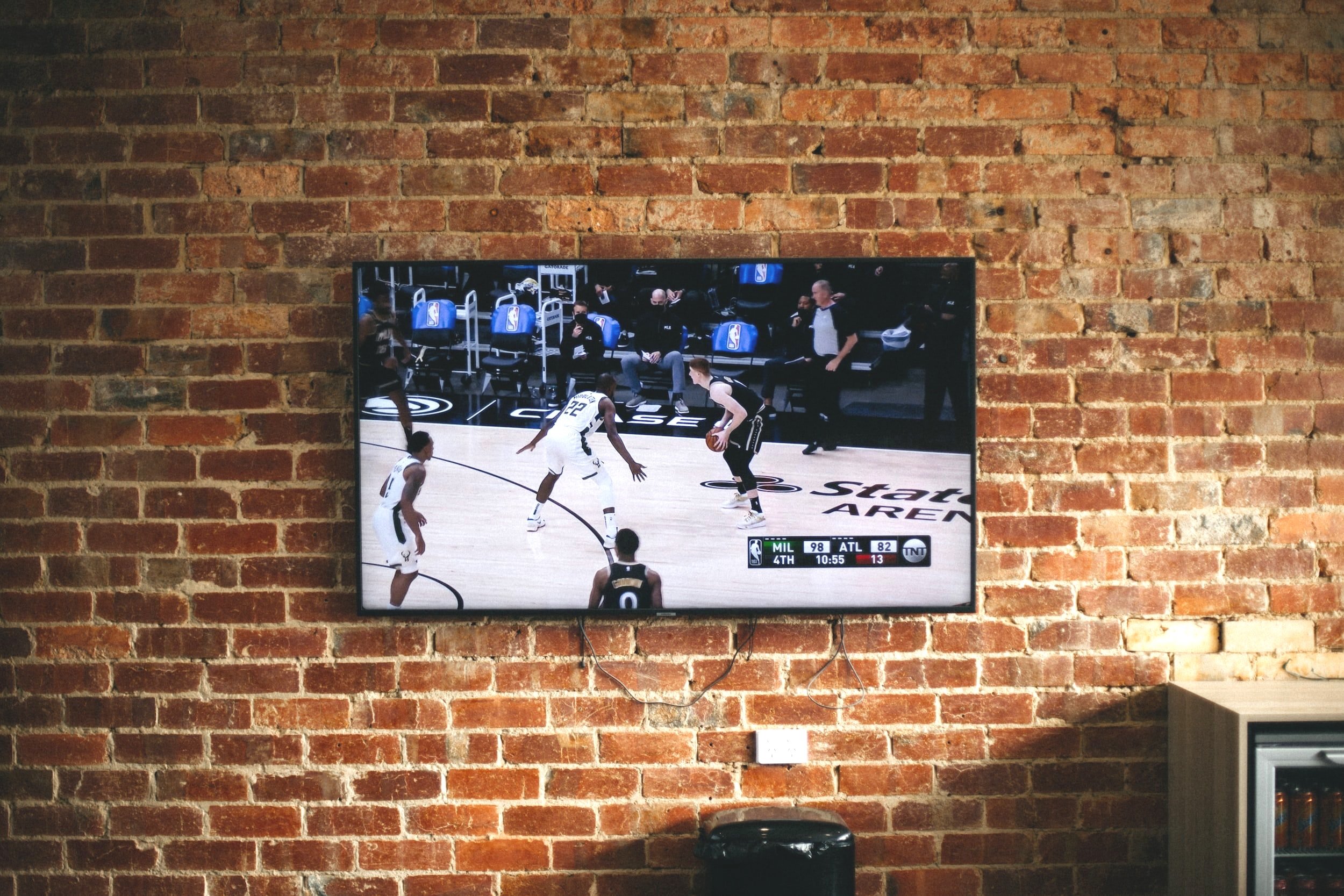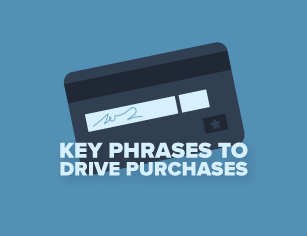
Over 97 million households in the United States have a CTV, and it’s estimated that 85% of them use their CTV for OTT viewing. Of the OTT viewing options, you have a mix of VOD, AVOD, SVOD, TVOD and vMVPD services. Oh, and each service has their own rules and processes when it comes to advertising. Got it?
If you’re feeling confused you’re not alone. It’s easy to get lost in the sea of advertising acronyms and terms – there are many! – but it gets especially challenging in the world of OTT advertising.
OTT stands for “Over-The-Top,” which is a category in entertainment viewing that encompasses online streaming services and platforms. Essentially, you’re viewing movies, shows and other programs “over the top” and outside of traditional cable subscriptions. As of 2019, Netflix, Hulu and Amazon Prime are the most recognizable and most widely used OTT services in the United States. As more OTT services become available, and as more consumers continue to spend their time streaming their entertainment, OTT advertising has become an important part of any brands media mix. While the power and mass reach of traditional television advertising isn’t going away, it’s good to be where the people are – especially since research shows that OTT marketing, when combined with traditional television advertising, increases ad recall by 34%.
Our team at Power Marketing is here to guide you through the OTT process, but if you want to sound like a seasoned pro, here’s a list terms to know!
Types of OTT Services
AVOD (Ad-based Video OnDemand): AVOD is a streaming service that provides consumers with access to free content that contains advertisements. Good examples of AVOD services are YouTube, Tubi and Crackle.
SVOD (Subscription-based Video OnDemand): This is a streaming service that consumers subscribe to and pay a fee in order to access ad-free content. Netflix, Amazon Prime, Disney+, HBO Max and AppleTV+ are all examples of traditional SVOD services. Hulu, Peacock, ESPN+ and Quibi are examples of modified SVOD services, because in addition to selling ad-free subscriptions, they also provide consumers the opportunity to pay a smaller monthly fee to view ad-supported content.
TVOD (Transaction-Based Video OnDemand): iTunes and Vudu are good examples of TVOD services, whereby consumers pay for each piece of video-on-demand content.
MVPD (Multichannel Video Programming Distributor): MVPD is just a fancy way to describe a traditional cable provider such as Comcast or DISH. Use it at dinner parties – you’ll dazzle!
vMVPD (Virtual Multichannel Video Programming Distributor): Think traditional cable BUT instead of the content being fed to your television through cable boxes, fiber and coaxial cables, it’s streamed through the internet. AT&T TV Now, Sling TV, PlayStation Vue, Fubo, Philo, YouTubeTV and Hulu Live are all examples of vMVPD.
VOD (Video OnDemand): Some OTT streaming services provide live streaming, but most offer a catalogue of video on demand content that can be selected and viewed at any time. Traditional cable providers also feature on demand content.
OTT Advertising Terms
Ad Pod: An ad pod is basically a regular commercial break where a group of ads play back-to-back. Ad pods vary in length and take place at various times during the streaming content.
Autoplay Video Ad: This is an ad that will play automatically before the beginning of the streaming content.
FEP (Full-Episode Player): Long-form, episodic programming (30-60 minutes), available online or through an app. It’s a great way for viewers to catch-up on their favorite TV shows outside of traditional cable AND enables advertisers an opportunity to place commercials in this premium inventory.
In-Stream Video Ad: This is an advertisement that plays before, during or after the video. Typically, these ads cannot be stopped from being played but can sometimes be skipped.
Interactive Video: A type of advertisement that is meant to be interactive with the consumer, featuring various calls-to-action, forms, polls/surveys, links, etc. The goal is to give the user various options to engage with the message beyond viewing the ad.
Mid-roll: Advertising that runs in the middle of movie or tv show.
Pre-Roll: These are advertisements that run at beginning of a movie or tv show.
Other Important Terms
Addressability: Addressability is the ability to target your message to specific devices, browsers, consumers segments and individuals. Consumers segments include behavioral information, demographics and geographic information
Addressable Television: Technology that gives advertisers the flexibility to show different ads to different audiences even if they are watching the same TV program. Most cable television services offer addressable solutions, but this is primarily an OTT attribute.
CTV (Connected Television): A television that is connected to the internet via an OTT device such as a Roku, AppleTV or Chromecast.
Smart TV: A television with the streaming hardware and software built into the TV, versus through an external device such as a Roku or AppleTV.


